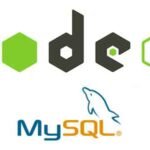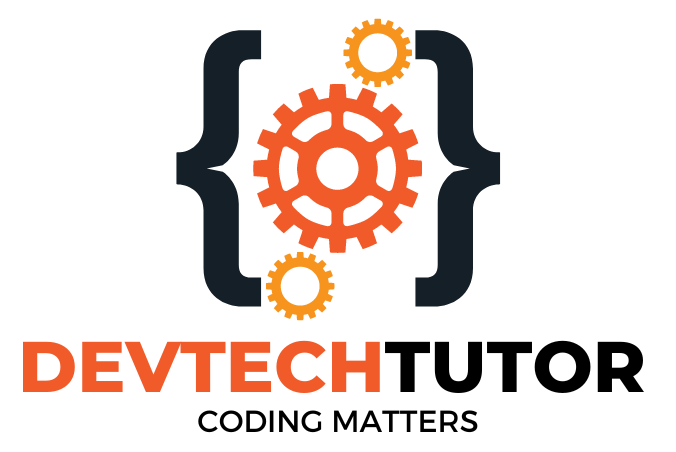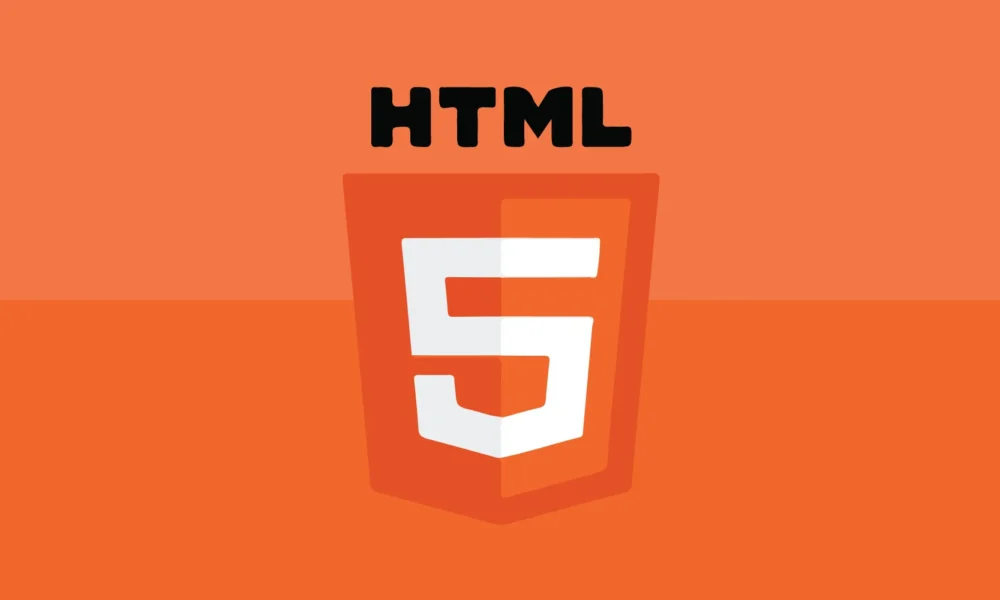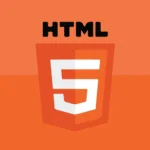In the vast landscape of the internet, where countless websites beckon our attention, there exists a fundamental language that serves as the backbone of nearly every webpage we encounter: HTML, or Hypertext Markup Language. HTML is the cornerstone of web development, providing the structure and semantics that allow browsers to render content consistently across different devices and platforms. In this article, we’ll delve into the importance of HTML, its key components, and its role in shaping the digital world as we know it.
Understanding HTML
HTML is a markup language used to create the structure of web pages. It consists of a series of elements, or tags, that define the various parts of a webpage, such as headings, paragraphs, images, links, and more. These elements are enclosed in angle brackets, <>, and usually come in pairs: an opening tag and a closing tag. The content to be displayed on the webpage is placed between these tags.
For example, the following HTML code creates a simple webpage with a heading and a paragraph:
<!DOCTYPE html>
<html>
<head>
<title>My First Web Page</title>
</head>
<body>
<h1>Welcome to My Website</h1>
<p>This is a paragraph of text.</p>
</body>
</html>In this code snippet:
<!DOCTYPE html>declares the document type and version of HTML being used.<html>is the root element of the HTML document.<head>contains meta-information about the document, such as its title.<title>sets the title of the webpage, displayed in the browser’s title bar or tab.<body>contains the content of the webpage that is visible to users.<h1>is a heading element, indicating the most important heading on the page.<p>is a paragraph element, used to define paragraphs of text.
Semantics and Accessibility
One of the key principles of HTML is semantic markup, which involves using elements that convey meaning about the content they contain. By using semantic elements appropriately, developers can enhance the accessibility and search engine optimization (SEO) of their web pages.
For instance, instead of using generic <div> elements to create the structure of a webpage, developers can use semantic elements such as <header>, <nav>, <main>, <article>, <section>, and <footer> to clearly define different sections of content. Screen readers and search engine crawlers can then better understand the structure and context of the content, improving the user experience for people with disabilities and increasing the likelihood of the page being ranked higher in search results.
HTML5 and Beyond
HTML continues to evolve to meet the demands of modern web development. HTML5, the latest version of HTML, introduced new features and elements that support multimedia, graphics, and interactive content without the need for plugins like Adobe Flash.
With HTML5, developers can embed audio and video elements directly into web pages using the <audio> and <video> tags, create rich graphics and animations with the <canvas> element, and build interactive web applications with the <input> and <form> elements enhanced with new attributes and APIs.
Looking to the future, the World Wide Web Consortium (W3C) continues to work on advancing HTML and its related technologies through ongoing standards development and collaboration with the web community. As the internet landscape evolves, HTML will remain a foundational technology, ensuring the continued growth and accessibility of the web for years to come.
Conclusion
HTML is more than just a language for building web pages; it’s a fundamental tool that empowers developers to create engaging, accessible, and interoperable content for the World Wide Web. By understanding the principles of HTML and embracing semantic markup, developers can craft web experiences that not only look great but also provide meaningful interactions for users across different devices and platforms. As the digital landscape continues to evolve, HTML will remain a critical component of web development, driving innovation and shaping the future of the internet.
Welcome to DevTechTutor.com, your ultimate resource for mastering web development and technology! Whether you're a beginner eager to dive into coding or an experienced developer looking to sharpen your skills, DevTechTutor.com is here to guide you every step of the way. Our mission is to make learning web development accessible, engaging, and effective.












